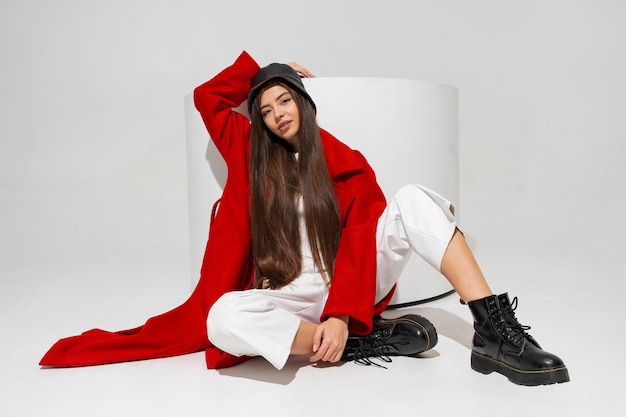Color is a powerful tool that can influence our emotions, behaviors, and even fashion trends. From the bright and bold to the soft and subtle, different hues have the ability to evoke various feelings and create distinct moods. The use of color in fashion is not just about aesthetics; it also plays a significant role in shaping consumer preferences and driving trends.
One of the ways in which color influences fashion trends is through its association with certain emotions. For example, red is often associated with passion, energy, and excitement, while blue is linked to calmness, trustworthiness, and stability. When designers incorporate these colors into their collections, they are tapping into these emotional associations to create pieces that resonate with consumers on a deeper level.
In addition to evoking emotions, color can also be used strategically to attract attention and make a statement. Bright colors like neon green or hot pink are eye-catching and can help garments stand out on the runway or in a crowded store. These bold hues are often used by designers who want to make a splash or challenge traditional notions of beauty and style.
On the other hand, more muted tones like pastels or earthy neutrals can convey sophistication, elegance, and timelessness. These http://unisur.ac.id/ http://unmal.ac.id/ http://smpn23tangerang.sch.id/ colors are often favored by luxury brands looking to appeal to discerning customers who value quality craftsmanship over fleeting trends. By using these understated hues in their designs, designers can create pieces that exude an air of refinement without relying on flashy embellishments or logos.
Color also has the power to shape cultural norms and societal perceptions of beauty. In Western cultures, for example, white is often associated with purity and innocence while black symbolizes sophistication and mystery. These associations can influence how we perceive ourselves as well as others around us.
Moreover,color trends in fashion are not static; they evolve over time as tastes changeand new influences emerge from popular culture,music,and art.In recent years,sustainability has become an important factor influencing color choicesin fashion.Designersare increasingly opting for eco-friendly dyesand materials that minimize harmtothe environment.This shift towards more sustainable practicesis reflectedinthe riseof earthy toneslike forest green,rust,and terracotta.These colors not only alignwiththe natural world butalso signala commitmentto ethicalfashionpracticesamongconsumersandbrandsalike.
In conclusion,the powerofcolor cannot be underestimated when it comesto shapingfashiontrends.Whetherboldor subdued,hueshavea profound impactonhowwe experienceclothingandexpressouridentities.Colorchoicesarenotmerelyaestheticdecisions;theycancommunicateemotions,makemovements,andreflectlarger societalvalues.Throughthecreativeuseofcolor,fashiondesignershaveanopportunitytoinspirechange,challengenorms,andcelebratethebeautyofdiversityinallits forms.Thefutureoffashionliesinthepowerofcolorfulinnovationsthatpushboundaries,breakbarriers,andcaptivateaudiencesaroundtheworld.



